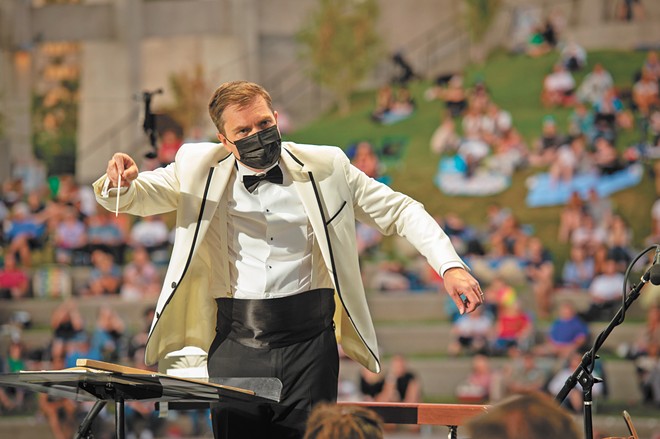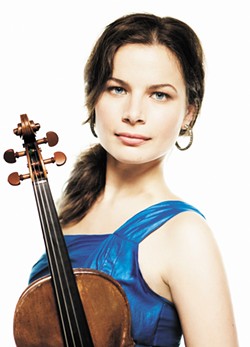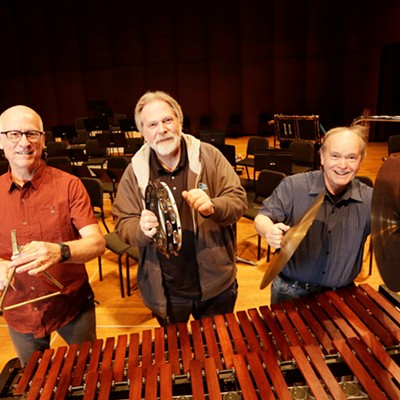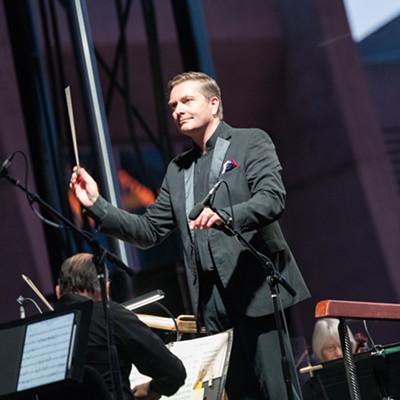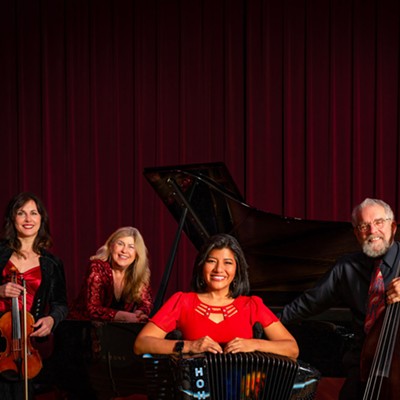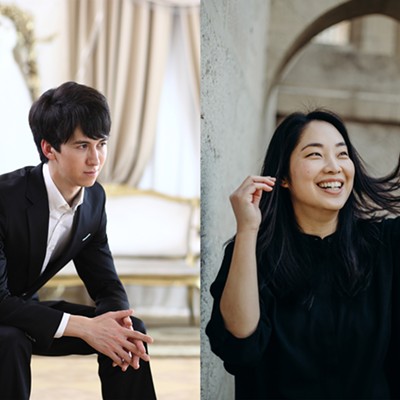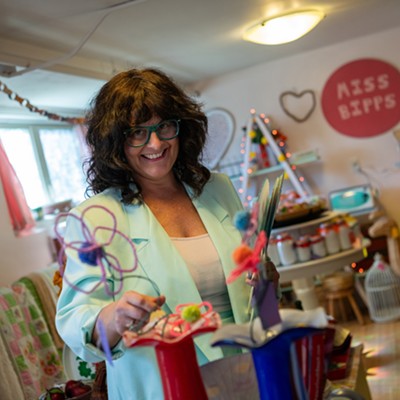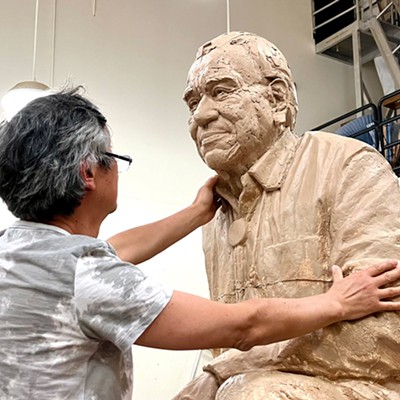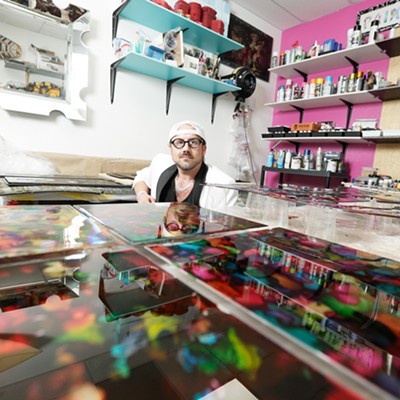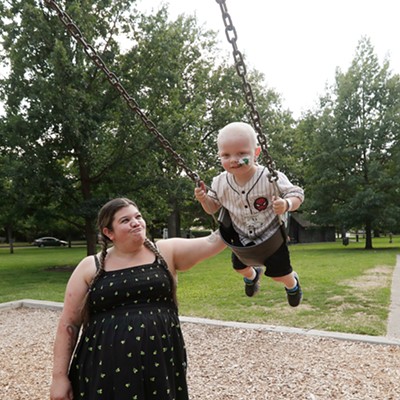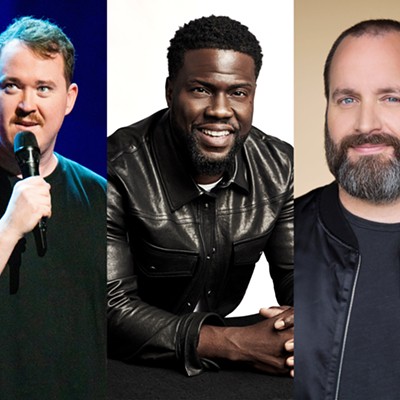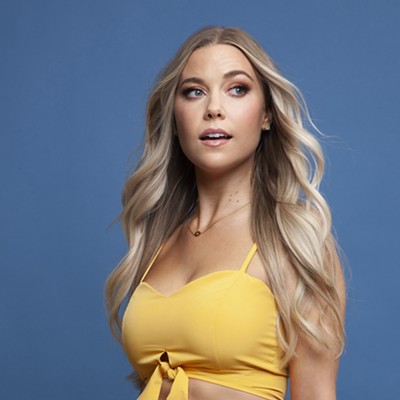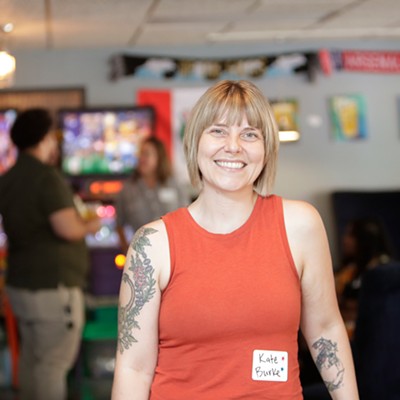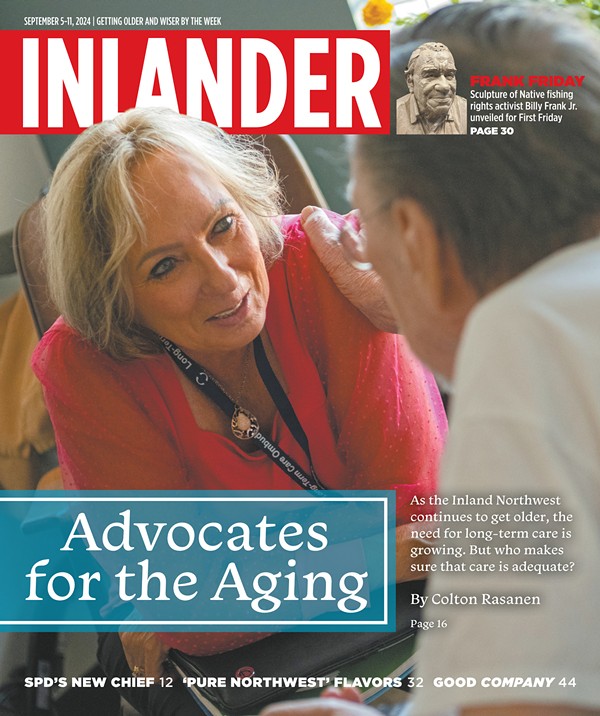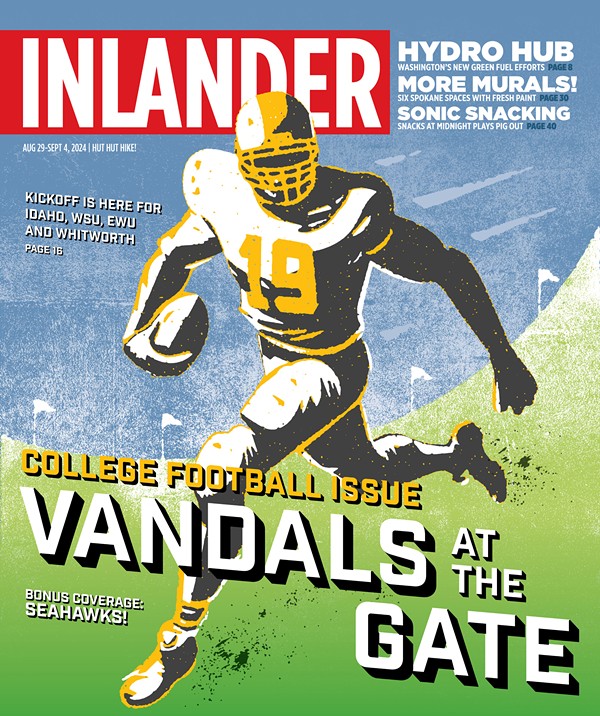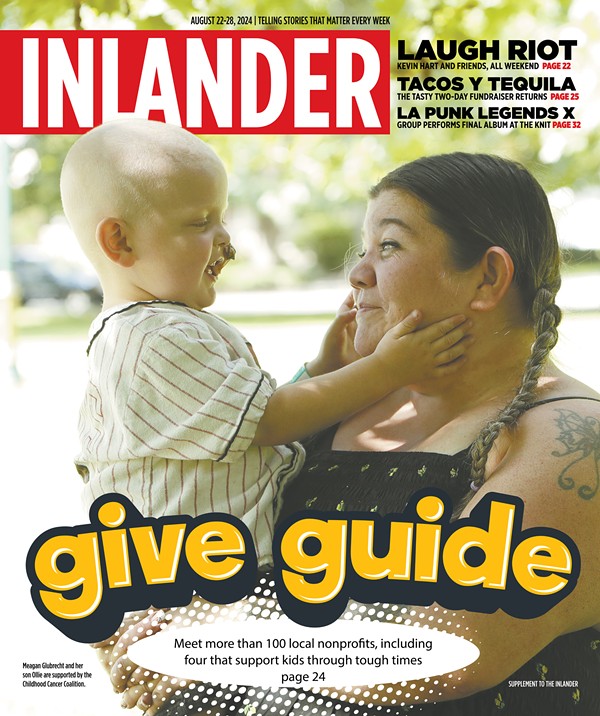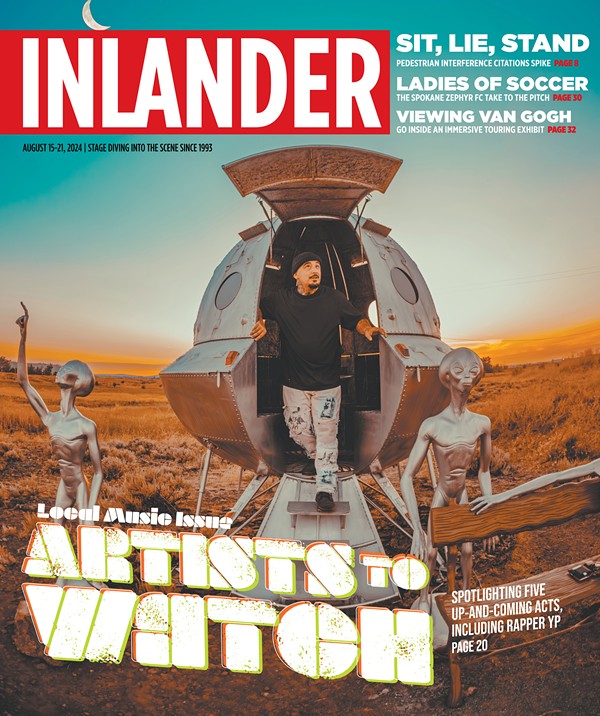For many a professional musician, in-person performances are a prime motivator for practicing their instrument in the first place. When something like, say, a global pandemic hits and live audiences become mere memories of some carefree past, it's easy to see how things might start to feel a little rudderless. You're suddenly a firefighter without fires, a postal carrier without a route, a surfer without waves.
At a time like that, you could allow yourself to sink into an existential despair, questioning the meaning of life and the cogency of every decision you've made up to that point. Or you could get your boating license.
"During the pandemic, kind of spur of the moment, my dad ended up buying this 24-foot vessel. It's an older boat, and it sat in a guy's garage for a few decades," says Spokane Symphony violist James Marshall.
"So my dad worked on fixing it up — a remake of the engine, patching the hull, repairing the cabin. But he wound up not getting his boating license because it's a bit time intensive, so I got my license and became the pilot when our family would go out on the lake."
Marshall is far from the only symphony musician to take up new interests or shift gears while live performances were on hold. Along with being the first-time owners and restorers of a boat, his parents John and Lynne Feller-Marshall are also the orchestra's principal cellist and bassoonist. Bass clarinetist Jane Ellsworth, meanwhile, edited a book of wide-ranging historical and analytical essays on the clarinet. It was published this past May with the unambiguous title The Clarinet.
In the absence of conventional concerts, Meagan Gillis, the principal timpanist, instead chose to create live, COVID-safe performances where none were scheduled. She took her percussion instruments on a road trip across the United States, staging impromptu pop-up gigs at landmarks along the way.
"The pandemic first sort of happened while I was visiting my parents [in Maryland], so I ended up staying on the East Coast for a few months. And then it became clear that the pandemic was not going to be a short-term thing, so we concocted this idea to get my car from Spokane," she says.
In June 2020, after flying to Spokane, she and her traveling companion drove west toward Seattle before heading south through Oregon and into California. From there they zigzagged back east, stopping at major cities and national parks in states like Utah, Colorado, South Dakota and Illinois, finishing with a loop that included Nashville, Tennessee, and Asheville, North Carolina, as waypoints.
"We tried to do something at every scenic view we could find. At some of them, we got slammed by the wind or something, so we didn't get much good video, but we probably did 35 mini xylophone performances during that trip."
The recordings were uploaded on a rolling basis to YouTube, the same platform Gillis also used to publish fun, lockdown-era videos like "Xylophoning in the Kitchen" and one of the Spokane Symphony's own 14-episode Social Distance Diaries, the latter of which saw her singlehandedly performing the Star Wars cantina music using video overdubs. YouTube also has several recent videos that show Gillis busking on the streets of Provincetown, Massachusetts — "a small, beachy town and a great arts community" — with fellow musicians Will Harrington, Lydia Parkington and D'Angelo Nieves. This past summer marked her ninth year of street performing.
With the return of live onstage concerts, however, these interim pursuits will have to be set aside. Both Marshall, who's currently in Rochester, New York, at the Eastman School of Music for his doctorate studies, and Gillis are now busy prepping for the symphony's first traditional performance in 18 months. The season kicks off with the first of seven Masterworks series concerts on Sept. 18 and 19.
Music Director and Conductor James Lowe says that each piece of the three-part program was chosen with special care to mark the occasion.
"Normally, my programs have some unifying idea running through them. There's something that links everything together. Masterworks 1 is a little bit different from that. Coming out of this pandemic and suddenly coming back together again, I wanted a program of music that took the listener on some kind of an emotional and — if it's not too grand to say this — healing journey."
For example, composer Adolphus Hailstork's "Fanfare on Amazing Grace" celebrates "the grace that brought us to this place where, here we are, back again," Lowe says. "And then the Sibelius 'Violin Concerto' is obviously a much darker, more brooding piece that has its own cathartic feel." Acclaimed violinist Bella Hristova is the guest soloist. Her appearance is the culmination of booking efforts that began well before the pandemic.
"We end with Brahms [Symphony No. 2], which is music of real beauty and consolation and thoughtfulness, ending with great joy. So the whole concert is to take you on an emotional rollercoaster, but in a really good way, and I think it reflects some of the feelings we all have about the year we've just all lived through."
As challenging as that year has been, it hasn't been a complete write-off. One advantage that Lowe attributes to the pandemic period is that it afforded the orchestra's musicians the opportunity to pursue and showcase different sides of themselves.
"An orchestra is always composed of a remarkable group of people, and it's always interesting when you dig into what they do when they're not on the Fox stage. It's so easy to look at people on stage and just see a massive orchestra and think, 'These are great, talented people' but not realize that there's this huge wellspring of knowledge and excitement and engagement with life behind it," he says.
Social media, such as Gillis' YouTube videos, helped reveal some of those hidden talents. The symphony's digital on-demand Overtones concert series took some steps in this direction, too, by capitalizing on the format to highlight the multifaceted individuals behind the formalwear and instruments.
"I have to say, I'm hugely proud of the work we've done in the pandemic. The digital season is some of the work that I'm most proud of, and so I don't want to diminish that at all," Lowe says.
"But having this missing element of an audience in front of us, it makes a huge difference. I always think there's a triangle created between the composer, the performers and the audience. We play differently when we have an audience. And to hear the symphonic sound again will be, for me, a very moving moment." ♦
Masterworks 1: The Return of the Symphony • Sat, Sept. 18 at 8 pm; Sun, Sept. 19 at 3 pm • $19–$62 • Martin Woldson Theater at The Fox • 1001 W. Sprague Ave. • spokanesymphony.org • 509-624-1200

